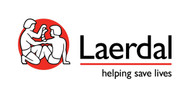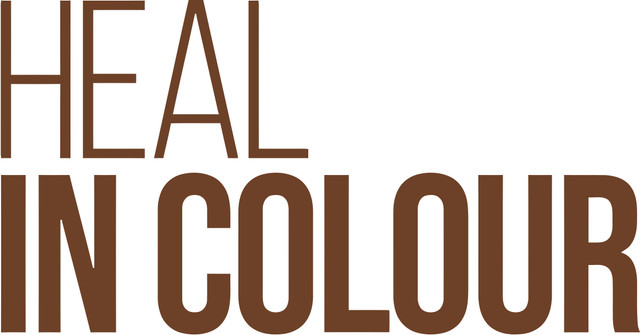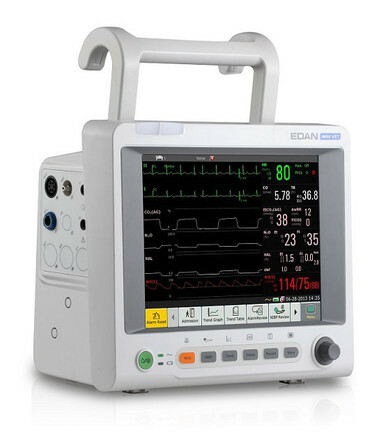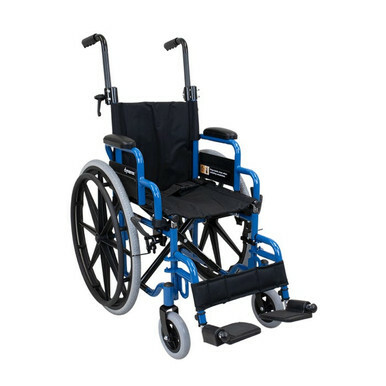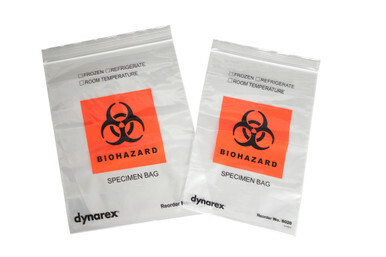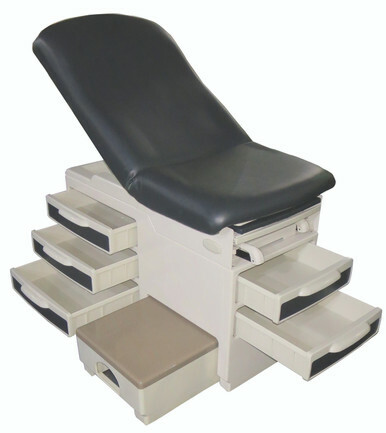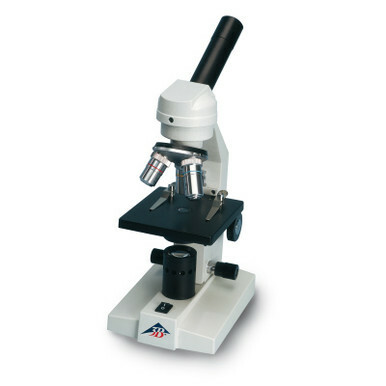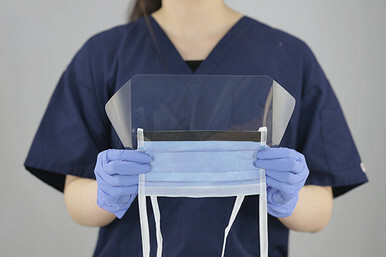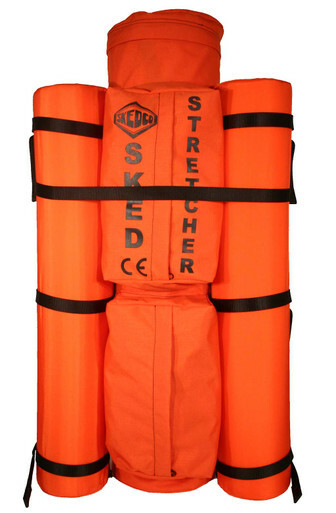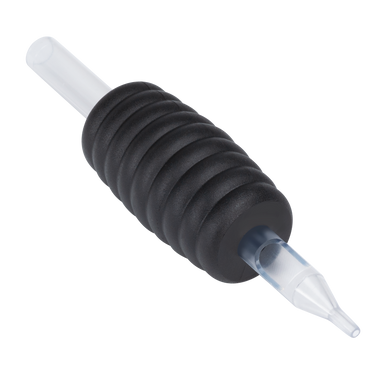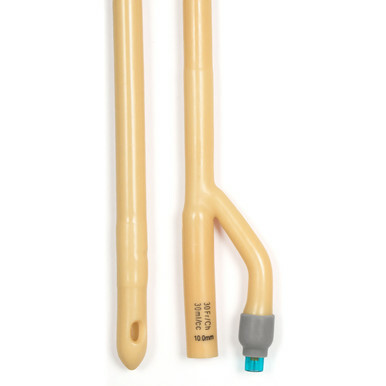Mastering Medical Skills with Training Manikins: Lifelike Learning for Healthcare Professionals
Posted by EMRN on 25th Aug 2023
In the world of healthcare education, the evolution of training techniques has led to significant advancements in preparing future medical professionals for real-world scenarios. One of the most invaluable tools in this journey is the training manikin – a lifelike and highly sophisticated educational tool that bridges the gap between theoretical knowledge and practical application.
What are Training Manikins?
Training manikins, often referred to as medical simulators or patient simulators, are anatomically accurate models designed to replicate human body parts and systems. These highly advanced teaching aids enable healthcare students, from aspiring doctors and nurses to paramedics and respiratory therapists, to practice and refine their clinical skills in a controlled and safe environment.
Realism at its Finest
One of the key features that make training manikins so effective is their remarkable realism. These manikins are meticulously crafted to closely mimic the appearance, feel, and even physiological responses of a real human body. From palpable pulses and lifelike skin textures to accurate anatomical landmarks, training manikins offer a near-authentic clinical experience.
Benefits of Training Manikins
- Safe Learning Environment: Training manikins provide a safe space for learners to practice and make mistakes without risking patient safety. This fosters confidence and enhances critical thinking skills.
- Repeatable Scenarios: Educators can create a wide range of scenarios, from routine check-ups to high-stress emergencies, allowing students to practice repeatedly until they master the necessary skills.
- Variety of Skills: Training manikins can be programmed to simulate various medical conditions, enabling learners to gain exposure to a diverse set of cases they may encounter in their careers.
- Interdisciplinary Learning: These manikins encourage collaborative learning among different healthcare disciplines, promoting effective communication and teamwork.
- Immediate Feedback: Many modern training manikins are equipped with sensors that provide instant feedback on performance, allowing students to identify areas for improvement in real-time.
- Ethical Considerations: Using manikins for training helps address ethical concerns related to practicing procedures on live patients, enhancing patient-centered care.
Applications of Training Manikins
Training manikins find applications in a wide range of healthcare fields, including:
- Medical Diagnosis and Examination: Students can practice clinical assessments, such as physical examinations and diagnostic procedures, on training manikins before interacting with real patients.
- Emergency Scenarios: Simulating emergencies like cardiac arrests, trauma cases, and respiratory distress allows learners to develop quick and accurate decision-making skills.
- Surgical Skills: Aspiring surgeons can hone their surgical techniques, from basic suturing to advanced procedures, using surgical simulation manikins.
- Pharmacology and Medication Administration: Training manikins are employed to teach accurate medication dosing and administration techniques.
In the dynamic landscape of healthcare education, training manikins have emerged as indispensable tools that facilitate immersive and effective learning experiences. These lifelike models offer a safe platform for healthcare professionals to refine their skills, make mistakes, and ultimately provide better patient care. As technology continues to advance, we can expect training manikins to play an even more pivotal role in shaping the next generation of skilled and confident healthcare providers.



